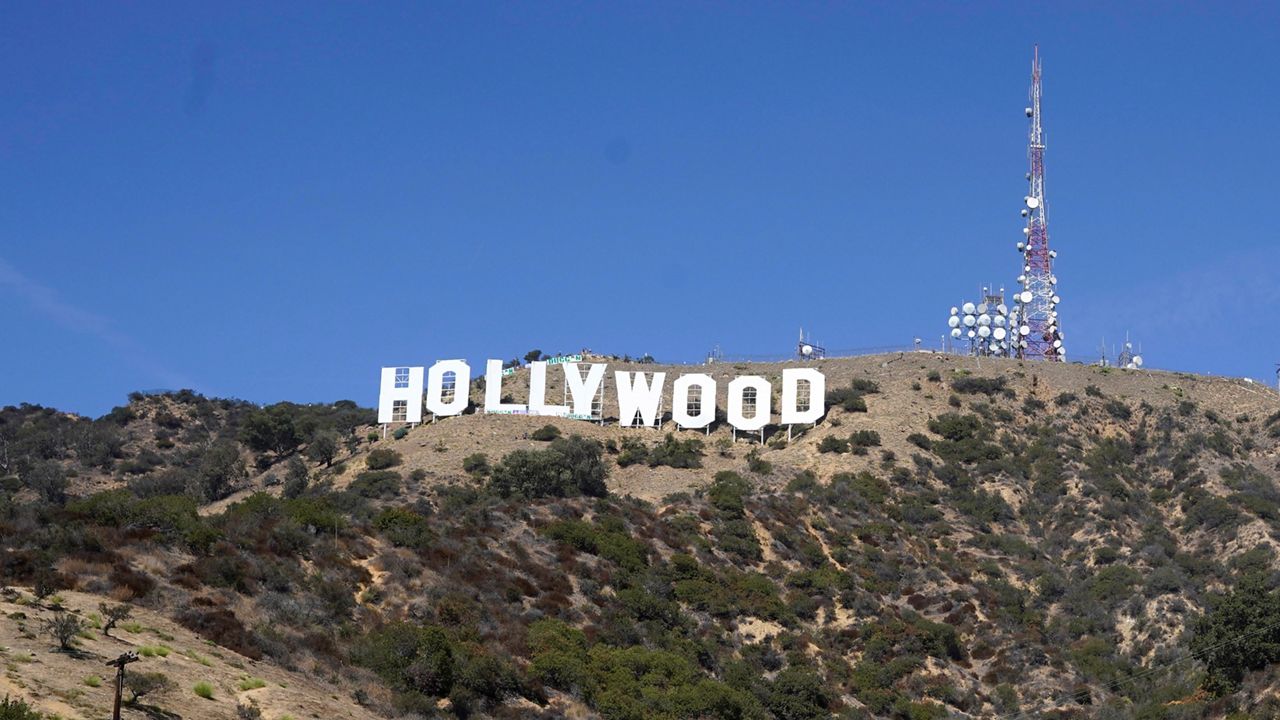LOS ANGELES (CNS) — Fueled in part by the ongoing writers strike, on- location film production in the Los Angeles area registered another decline in the second quarter this year — totaling 6,566 Shoot Days, a drop of 28.8% compared to the second quarter of 2022, according to a report released Wednesday.
What You Need To Know
- The effects of the week-old SAG-AFTRA actors strike were not a factor in the second-quarter data
- FilmLA also noted that this was the sixth straight quarterly production drop, measured by quarterly comparisons year over year
- The report said 8.3% of total feature productions came from projects associated with California's Film and Television Tax Credit Program.
- The television category, which has long been a major employment driver in the region, saw the steepest quarter decline year over year, dropping by 36.4%, or 2,630 SD
FilmLA, a partner film office for the city and county of Los Angeles and other local jurisdictions, said the strike by the Writers Guild of America, which began in May, "accelerated" the dip in production. The effects of the week-old SAG-AFTRA actors strike were not a factor in the second-quarter data.
FilmLA also noted that this was the sixth straight quarterly production drop, measured by quarterly comparisons year over year.
"Greater Los Angeles is the North American epicenter of scripted television production," FilmLA President Paul Audley said in a statement. "Before long, this sector's shutdown will be felt in every corner of the regional economy."
He added that, "like all others watching with hope from the sidelines, we are eager to see the studios and unions reopen their contract negotiations."
"Much is at stake for WGA and SAG-AFTRA members, and also for the small business supply chain on which future filming depends," Audley said.
Feature film production fell by 18.9% in the second quarter to 728 SD — approximately 26.6% below the category's five-year average, the report said. Nearly all feature projects in production from April through June were smaller, independent productions such as "All That We Love," "Father & Son," "Goodrich," "The Puritan II," and "Unicorn."
The report said 8.3% of total feature productions came from projects associated with California's Film and Television Tax Credit Program.
Commercial production also continued its decline last quarter, with a 22.4% decrease, or 861 SD. Production output in this category was down 37.8% compared to the five-year quarterly average.
The report noted that commercial production is not directly affected by the ongoing labor disputes, but that the loss of production to rival jurisdictions is an ongoing concern.
The television category, which has long been a major employment driver in the region, saw the steepest quarter decline year over year, dropping by 36.4%, or 2,630 SD. The numbers reflect the impact of the labor dispute between studios and writers.
TV dramas' shoot days declined 63.8%, or by 360 SD, in the second quarter, and TV comedy shoot days fell by 72.8%, or by 84 SD, compared to the same period in 2022.
These two categories are the most impacted by the ongoing labor dispute.
The report said 89 TV drama SDs, or 24.7% of the total output, came from projects associated with the state's film tax credit.
Unscripted television production fared better by comparison. TV reality production dropped 22.9%, or by 2,013 SD, in the second quarter compared to 2022. Yet, the category is up 26.5% over its five-year quarterly average.
In addition, TV reality production rose 24.5% between April and June, compared to the first three months of 2023.
FilmLA's "other" category, which aggregates smaller shoots such as still photography, student films, documentaries, music and industrial videos and other projects declined by 23.7%, or by 2,347 SD.
"The last time production levels were this low, we were in the middle of a global pandemic," Audley said. "Families and businesses affected then are again being tested today, lending urgency to the moment to sustain creative careers."



